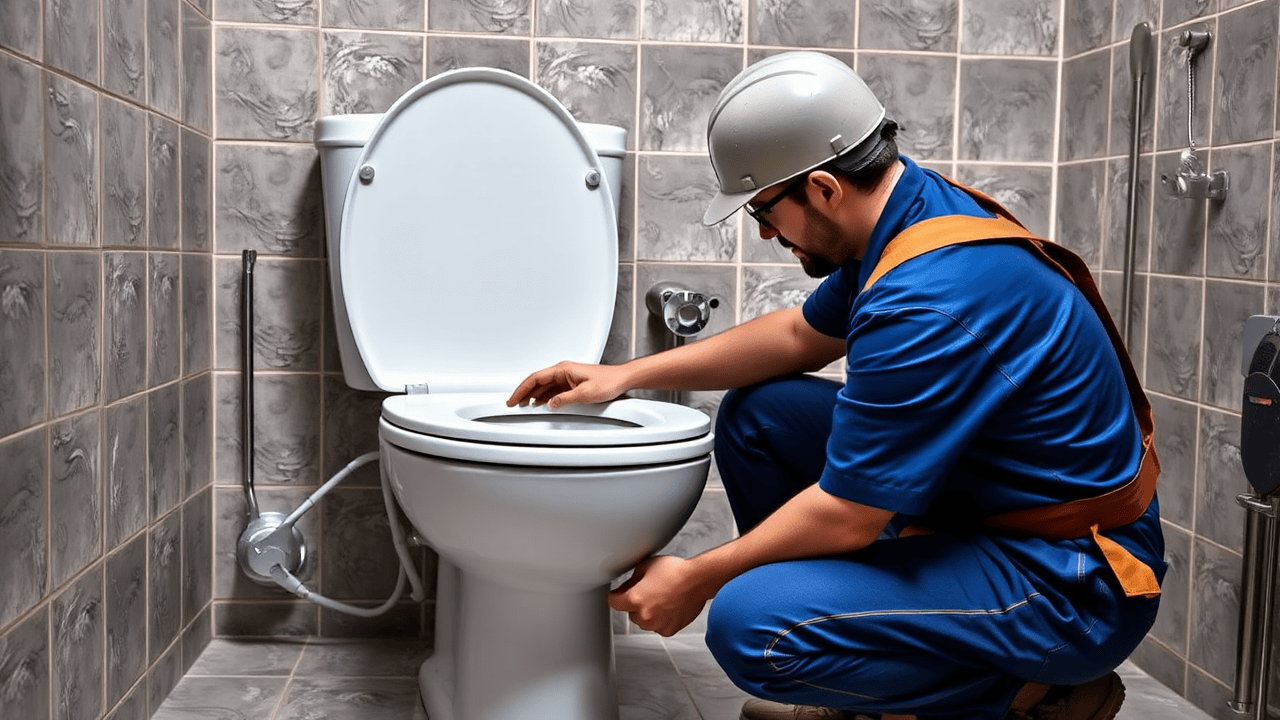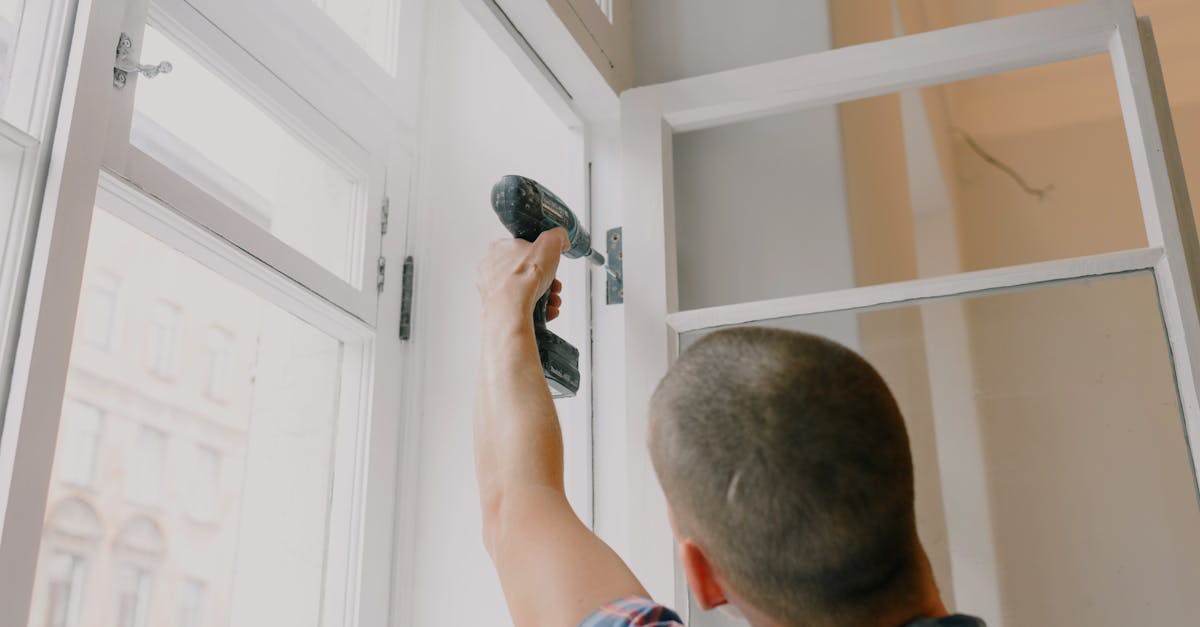
DIY vs. Professional Services
Many homeowners consider DIY toilet installation and repair to save money and gain satisfaction from completing a project themselves. Basic repairs, such as fixing a running toilet or replacing a flapper, often require minimal tools and materials. Online tutorials and videos can guide individuals through the process, making it seemingly straightforward for those with a bit of handy skill. Yet, even small mistakes during the installation or repair can lead to additional costs if problems arise later.
On the other hand, professional services offer expertise and peace of mind. Trained plumbers have experience in diagnosing issues quickly, ensuring that repairs are up to code and functioning correctly. They can also handle complex installations that may confuse a DIYer, such as tackling old plumbing or modifying water supply lines. While hiring a professional incurs a higher upfront cost, it often saves money in the long run by preventing future issues and providing a completed job that meets industry standards for toilet installation and repair.
Cost Comparisons for Different Approaches
When considering whether to repair or replace a toilet, the costs associated with each option can vary significantly. A straightforward repair, such as fixing a clogged drain or replacing a worn flapper valve, generally involves minimal expenses. Parts for repairs are often inexpensive, and if homeowners are willing to handle the task themselves, labor costs can be avoided entirely. This can make toilet installation and repair a budget-friendly choice in many cases, especially for minor issues.
On the other hand, replacing a toilet involves higher upfront costs, which include the price of the new unit and potentially increased installation fees. The average cost of a new toilet can range widely depending on the model and features chosen. Additionally, hiring a professional for toilet installation and repair can add several hundred dollars to the overall expense. Homeowners should weigh these considerations against the long-term benefits, including increased efficiency and features that newer models often offer.
Environmental Impact Considerations
Toilet installation and repair can significantly influence environmental sustainability. Older toilets consume more water with each flush, leading to increased water waste over time. Repairing a malfunctioning toilet may not only restore its efficiency but can also reduce overall water consumption. In contrast, replacing an outdated model with a newer, water-efficient toilet presents an opportunity to conserve resources and minimize environmental impact.
Additionally, the materials involved in toilet installation and repair warrant consideration. Many older toilets are made from non-recyclable materials, while modern replacements often utilize eco-friendly options. Repairing an existing toilet may cut down on the amount of waste generated from discarded units. Engaging in these decisions mindfully can pave the way for more sustainable practices within households and communities.
Energy Efficiency and Water Conservation
Toilet installation and repair plays a significant role in energy efficiency and water conservation efforts. Older toilets often use more water per flush, contributing to higher water bills and increased strain on local water supplies. Upgrading to a modern high-efficiency toilet can reduce water usage by as much as 20-60%. This reduction not only benefits the environment but also saves money in the long run, making it a smart choice for both homeowners and renters.
The shift toward energy-efficient appliances has prompted many to consider the advantages of new toilet models. Many contemporary toilets feature dual-flush systems, allowing users to select between lower volumes for liquid waste and full volumes for solid waste. This flexibility helps minimize unnecessary water consumption. Investing in proper toilet installation and repair ensures optimal performance and longevity, further supporting water conservation efforts.
Warranty and Maintenance Factors
When considering the warranty and maintenance factors of toilet installation and repair, it is essential to assess the longevity of the chosen product. New toilets often come with warranties that span several years, offering peace of mind against potential defects. This guarantees coverage for manufacturing issues, which could mitigate repair costs down the line. On the other hand, older toilets may not have warranties and could require more frequent maintenance due to wear and tear, resulting in unexpected expenses.
The maintenance requirements can also differ significantly between older models and newer, more efficient options. Regular servicing of existing toilets can help extend their lifespan but may necessitate replacement parts over time. Understanding the balance between repair costs and the benefits of a new installation is crucial. A modern toilet does not only provide better performance but often includes lower maintenance needs, which can influence overall costs in the long term.
Importance of Warranties in Cost Analysis
Warranties play a crucial role in the cost analysis of toilet installation and repair. When considering whether to repair an existing toilet or invest in a new one, the warranty can significantly affect long-term expenses. A new toilet often comes with a manufacturer's warranty that covers specific parts and labor for a designated period, providing peace of mind and financial protection against unexpected failures. This can reduce maintenance costs over time and offset the initial investment associated with purchasing a new unit.
In contrast, repair services may or may not include warranties. Understanding what is covered in a repair warranty is essential, as it can dictate future costs if issues arise shortly after the repair. A warranty on repairs might include specific labor for a limited time frame, which can help manage expenses. Assessing these warranty options is pivotal when making the decision between toilet installation and repair, as it directly impacts the overall financial outlay.
FAQS
What factors should I consider when deciding to fix or replace my toilet?
When deciding whether to fix or replace your toilet, consider factors such as the age of the toilet, the type of repairs needed, the cost of parts and labor, and the potential for ongoing maintenance issues. Additionally, evaluate water efficiency and the possibility of upgrading to a more eco-friendly model.
How much does it typically cost to fix a toilet?
The cost to fix a toilet can vary widely based on the type of repair needed. Simple fixes, like replacing a flapper or adjusting the float, might cost around $50 to $150, while more complex repairs could range from $150 to $400 or more.
Is it worth it to replace an old toilet with a newer model?
Replacing an old toilet can be worth it if the current model is inefficient or requires frequent repairs. Newer models often use less water, which can lead to savings on water bills over time, and may also come with better warranties and improved features.
How does the environmental impact factor into my decision?
The environmental impact should be considered, as older toilets can use significantly more water per flush than modern, high-efficiency models. Replacing an old toilet with a water-saving model can lead to substantial water conservation and lower utility bills.
What maintenance considerations should I keep in mind when choosing between fixing and replacing a toilet?
Consider the maintenance history of your current toilet. If it's been prone to issues or requires frequent repairs, replacement may be more cost-effective in the long run. Additionally, new toilets often come with warranties that can help reduce future maintenance costs.


